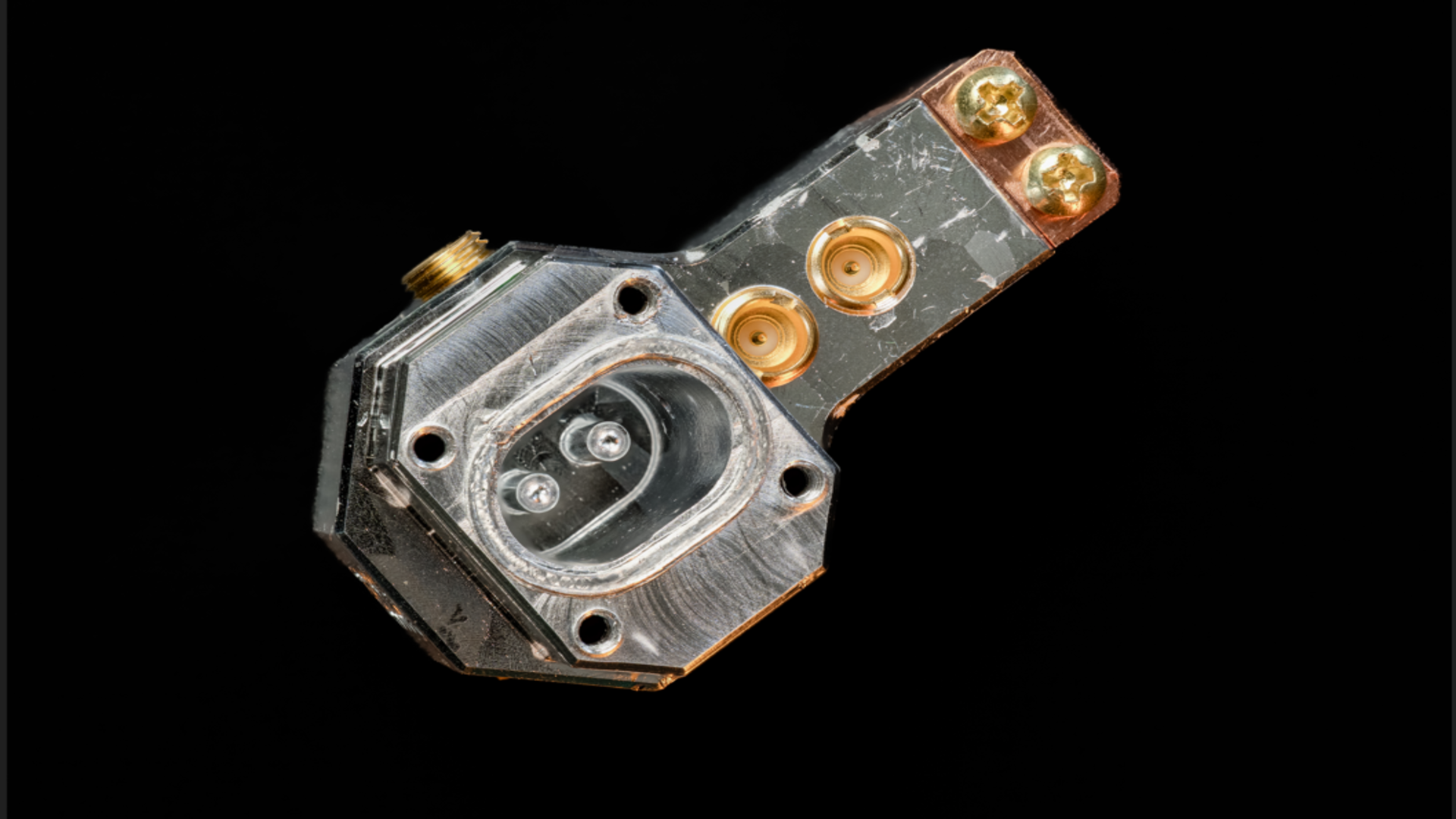- Nord Quantique promises quantum energy without bulk or energy drainage
- Traditional HPC can fall if Nord's speed and energy statements are real
- RSA-830 BAR in one hour could transform cybersecurity forever
A quantum computing start has announced plans to develop a quantum computer at utility scale with more than 1,000 logical qubits by 2031.
Nord Quantique has established an ambitious objective that, if achieved, could point out a seismic change in high performance computing (HPC).
The company states that its machines are smaller and offer much greater efficiency both in speed and energy consumption, which makes traditional HPC systems obsolete.
Advance errors correction through multimode coding
Nord Quantique uses “multimode coding” through a technique known as Tesseract Code, and this allows each physical cavity in the system to represent more in a quantum mode, effectively increasing redundancy and resistance without adding complexity or size.
“Multimode coding allows us to build quantum computers with excellent error correction capabilities, but without the impediment of all these physical qubits,” said Julien Camirand Lemyre, CEO of Nord Quantique.
“Beyond its smallest and most practical size, our machines will also consume a fraction of energy, which makes them attractive, for example, to HPC centers where energy costs are the most important.”
Nord machines would occupy only 20 square meters, which made them very suitable for the integration of the data center.
Compared to 1,000–20,000 m² necessary by competing platforms, this portability further strengthens their case.
“These smaller systems are also simpler to develop at the public services scale due to their lowest size and requirements for cryogenic electronics and control,” the company added.
The involvement here is significant: a better error correction without expanding physical infrastructure, a central bottleneck in the quantum race.
In a technical demonstration, the Nord system exhibited excellent stability in 32 error correction cycles without measurable disintegration in quantum information.
“His coding logical coding approach in the states of Testaact Multimode is a very effective method to address errors correction and I am impressed with these results,” said Yvonne Gao, assistant professor at the National University of Singapore.
“They are an important step forward on the industry trip to quantum computing at the level of public services.”
Such endorsements provide credibility, but independent validation and repeatability remain critical for long -term confidence.
Nord Quantique states that his system could solve RSA-830, a representative cryptographic challenge, in just one hour using 120 kWh of energy at a speed of 1 MHz, reducing the need for energy by 99%.
In contrast, traditional HPC systems would require approximately 280,000 kWh for nine days. Other quantum modalities, such as superconductors, photonic atoms, cold and ion traps, fall short of speed or efficiency.
For example, cold atoms can consume only 20 kW, but solving the same problem would take six months.
That said, there is still a need for caution. After the selection: it is used in Nord error correction demonstrations, required to discard 12.6% of the data per round. While this helped show stability, introduces questions about the consistency of the real world.
In quantum computing, the leap of the laboratory progress to practical implementation can be vast; Therefore, statements on energy reduction and system miniaturization, although surprising, need an independent verification of the real world.









